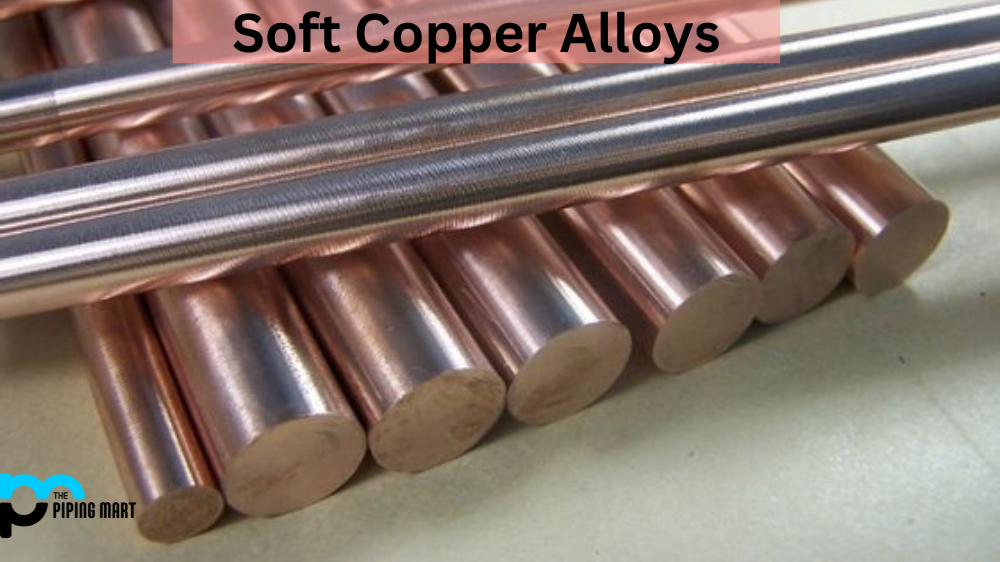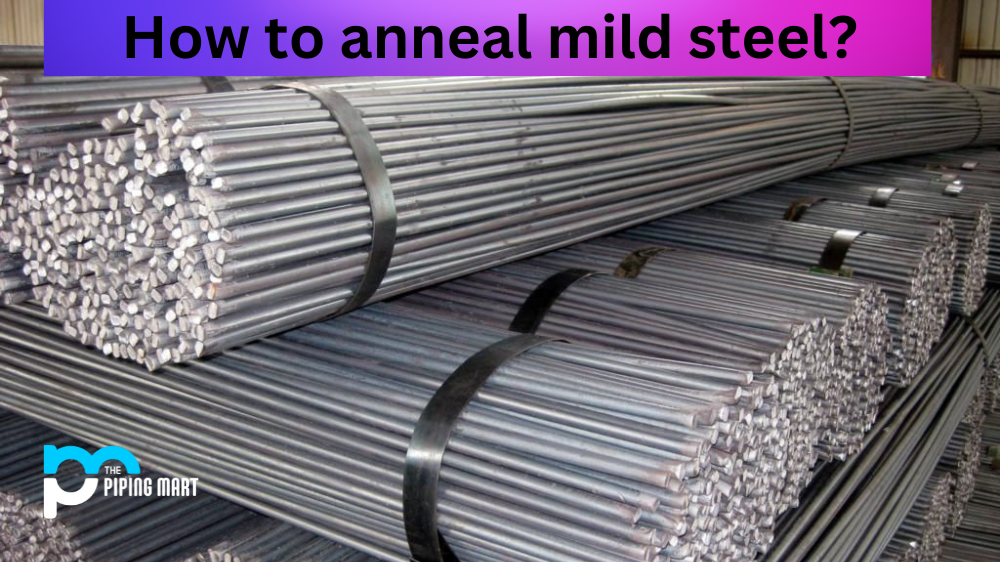Choosing the right type of pipe for your project is crucial if you’re in the construction industry. Two common types of pipes used in construction are ERW and SAW pipes. These pipes have unique features that make them suitable for specific applications. In this blog post, we’ll take a detailed look at ERW pipes and SAW pipes, their differences, advantages, and disadvantages, so you can make an informed decision when choosing a pipe for your next project.
Difference Between Erw Pipe and Saw Pipe
ERW Pipes
ERW pipes, also known as Electric Resistance Welding pipes, are made by rolling a flat sheet of steel into a tube shape. The edges are then heated and pressured together to create a weld. The resulting weld is almost seamless, making ERW pipes ideal for applications that require high precision and seamless finishes. ERW pipes are commonly used in building structures, machinery, and automotive industries.
Advantages of ERW Pipes
- ERW pipes are less expensive than SAW pipes.
- They are easier to fabricate and have a smoother surface finish.
- ERW pipes can be used for a wide range of applications.
Disadvantages of ERW Pipes
- ERW pipes have a lower capacity to withstand pressure compared to SAW pipes.
- They tend to have weaker welds than SAW pipes.
- ERW pipes are more susceptible to rust.
SAW Pipes
SAW pipes, also known as Submerged Arc Welding pipes, are made by heating the edges of steel plates or coils under pressure to create a weld. SAW pipes are commonly used in the oil and gas industry for transporting oil and gas from onshore and offshore drilling sites.
Advantages of SAW Pipes
- SAW pipes have a higher capacity to withstand pressure compared to ERW pipes.
- They have stronger welds than ERW pipes.
- SAW pipes are less likely to rust.
Disadvantages of SAW Pipes
- SAW pipes are more expensive than ERW pipes.
- They are harder to fabricate and have a rougher surface finish.
- SAW pipes are mainly used in oil and gas and could be better for other industries.
Use ERW Pipes
ERW pipes are ideal for applications that require a smooth surface finish and precise dimensions. They are also suitable for projects requiring a lower pressure capacity and budget. ERW pipes are commonly used in building structures, machinery, and automotive industries.
Use SAW Pipes
SAW pipes are ideal for projects that require a higher pressure capacity and a stronger weld. They are commonly used in oil and gas as pipelines for transporting oil and gas. If you’re working on an oil and gas project and want to protect your pipes from corrosion, consider getting a fusion-bonded epoxy coating on your SAW pipes.
Conclusion
In conclusion, ERW and SAW pipes have unique features that suit specific applications. Choosing the right type of pipe can save you time and money and ensure a safe project. If you’re working on a project that requires a smooth surface finish and precise dimensions, ERW pipes are the way to go. On the other hand, if you’re working on an oil and gas project that requires a higher pressure capacity and stronger welds, SAW pipes are a better option. Whatever the project, consult with experts in the field to ensure you get the right type of pipe for your specific needs.

Abhishek is a seasoned blogger and industry expert, sharing his insights and knowledge on various topics. With his research, Abhishek offers valuable insights and tips for professionals and enthusiasts. Follow him for expert advice on the latest trends and developments in the metal industry.




